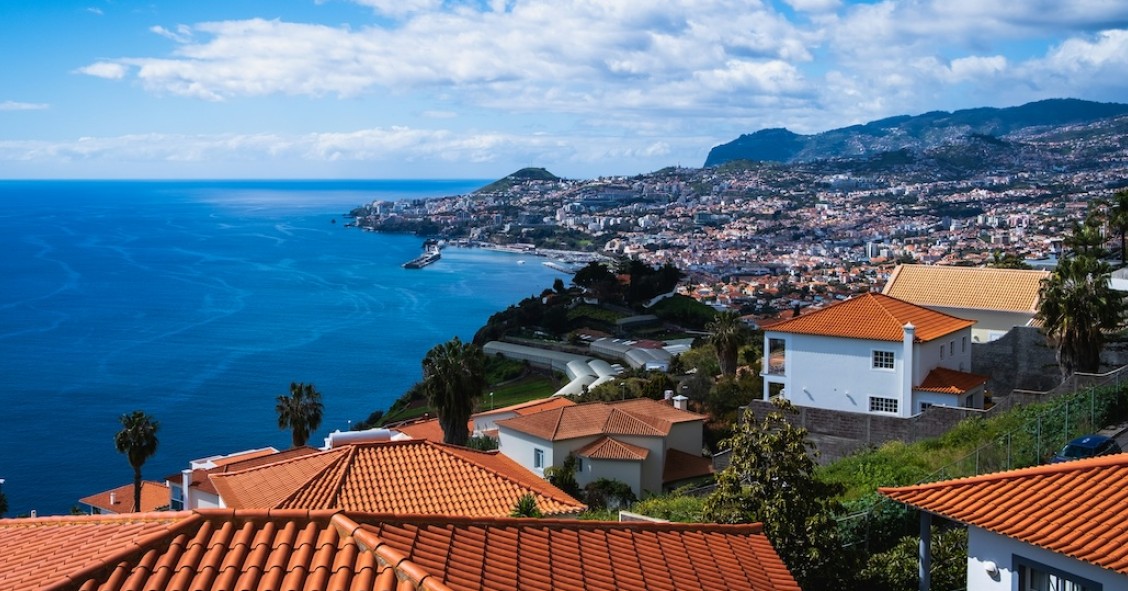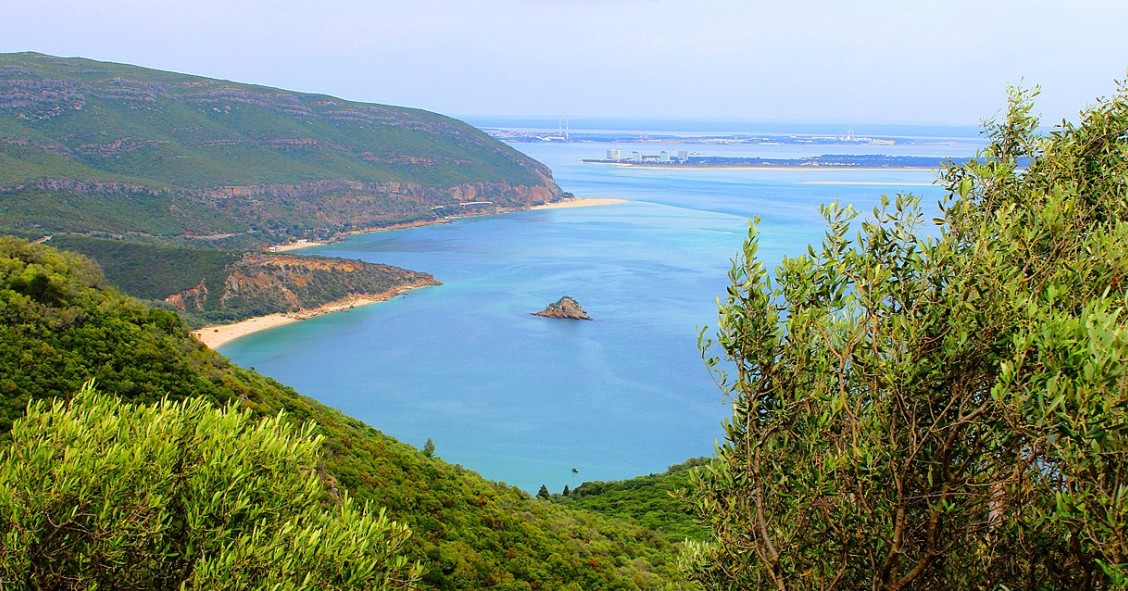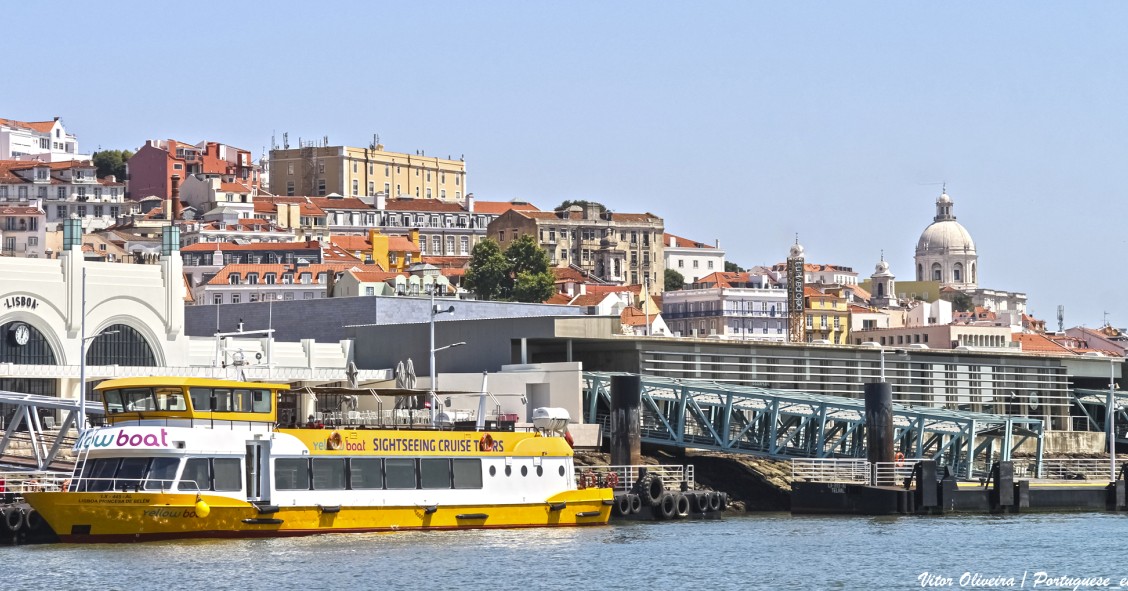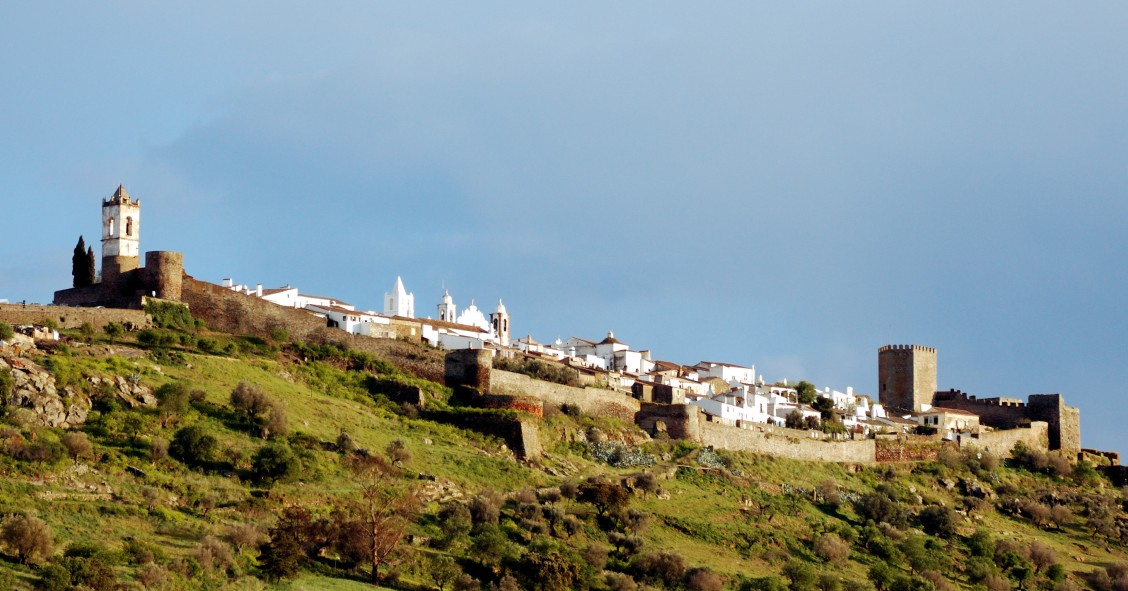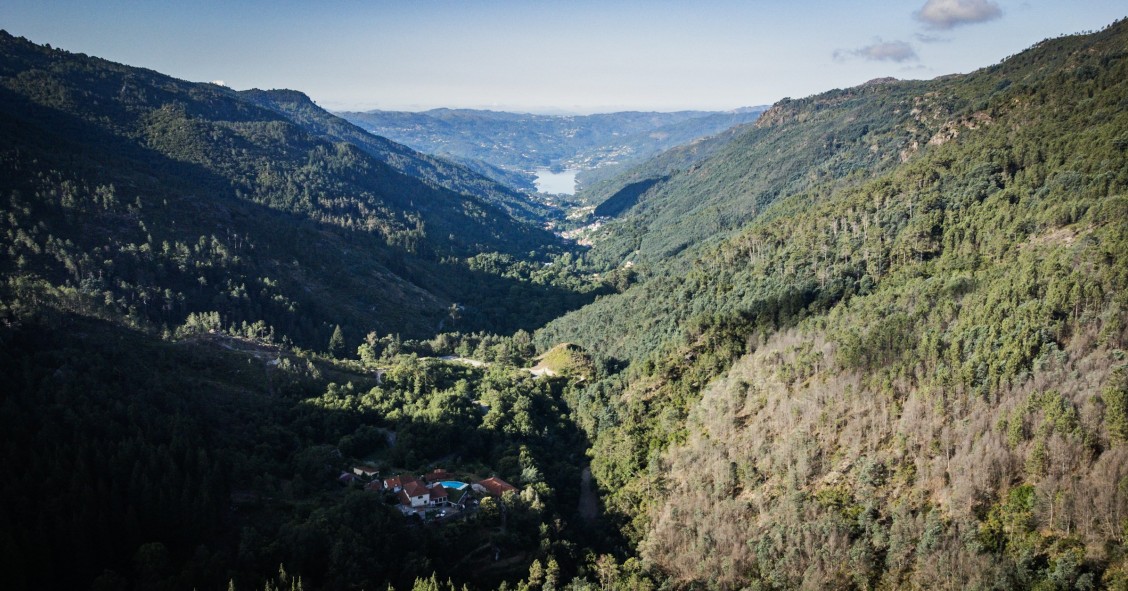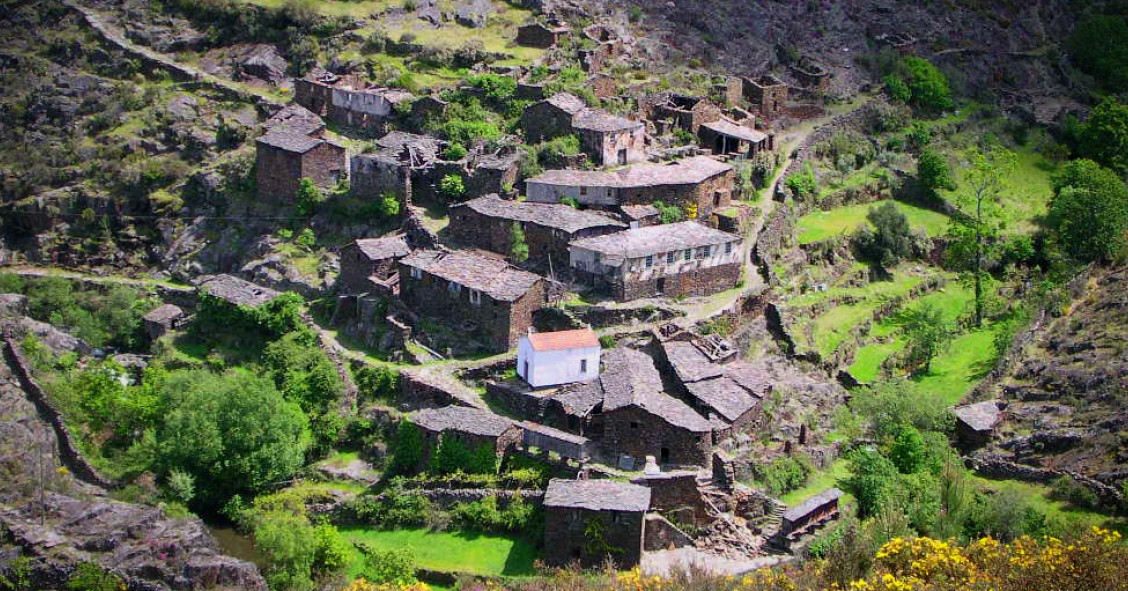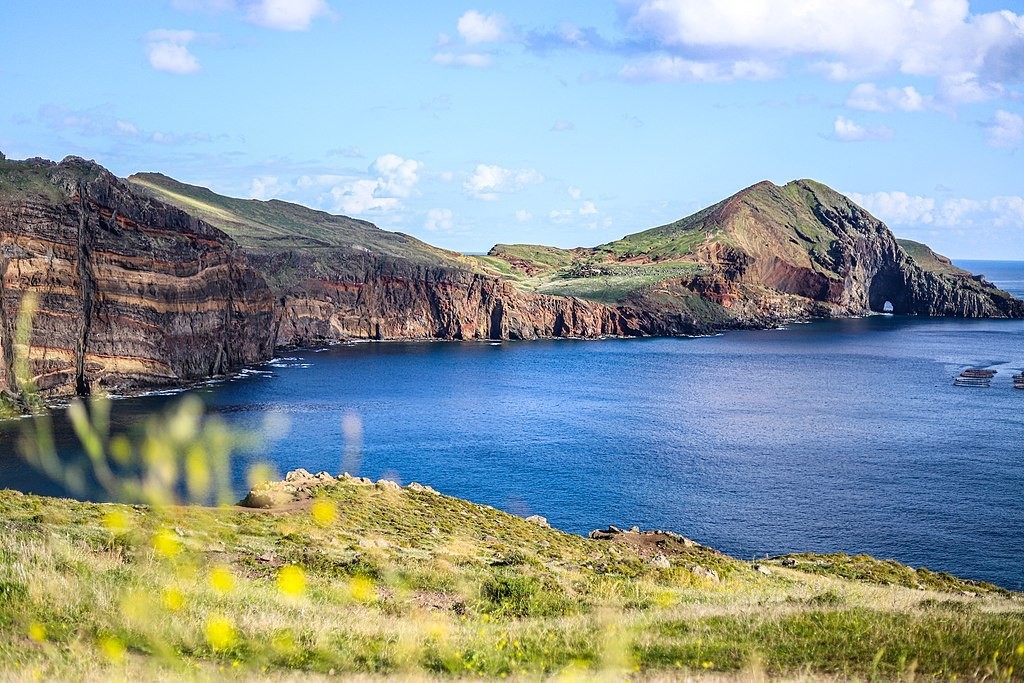
Madeira, off Portugal, is often dubbed an oasis in the Atlantic. Positioned southwest of the Portuguese coast, this island provides a lifestyle that's hard to beat. With a population not much higher than 250,000, Madeira attracts those in search of an idyllic place to settle down.
The allure of Madeira lies in its great climate, striking natural beauty, and colourful community life. Living in Madeira means quite literally living in the island paradise. The Madeira archipelago consists of four island groups. Madeira and Porto Santo are the only islands inhabited, while Desertas and Selvagens are nature reserves.
Is Madeira a good place to live?
Madeira is widely regarded as an attractive place to live due to its mild subtropical climate, mindblowing nature, and relaxed lifestyle. The island offers a high quality of life with a friendly community, low crime rates, and a rich cultural and culinary scene.
Madeira's affordability compared to many Western European destinations also adds to its appeal. If you fancy being part of a close-knit community and having incredible nature right on your doorstep that you can explore through countless outdoor activities, Madeira might suit you well.
Pros and cons of living in Madeira
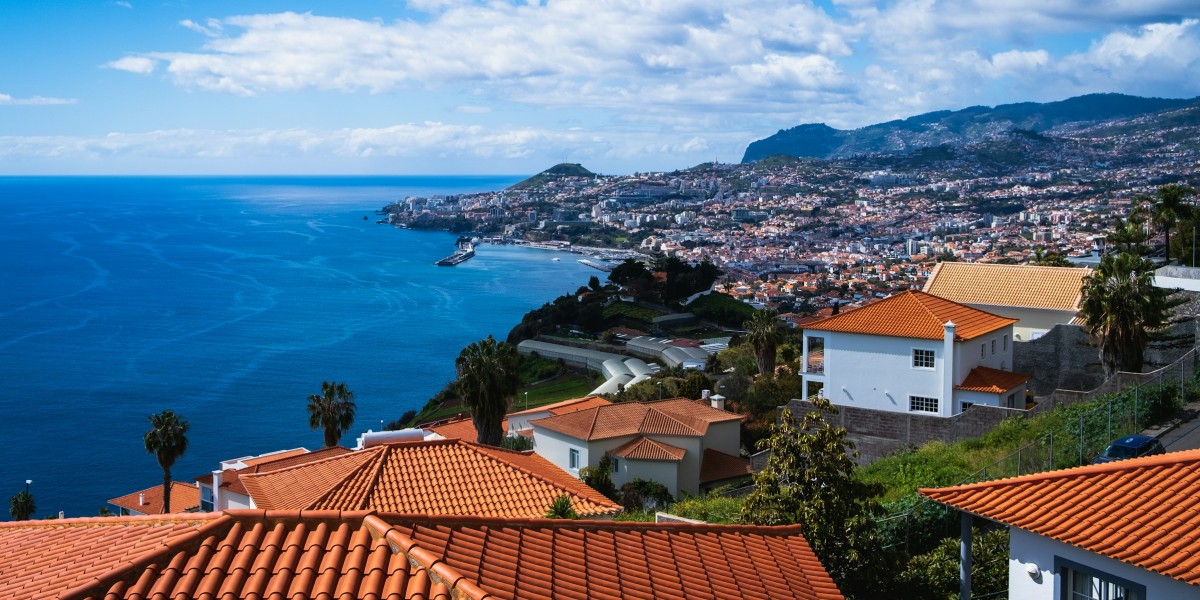
With its unique geography, the island is a spectacle of natural beauty, from its golden sandy beaches to the imposing mountains that rise amidst the blue ocean.
Choosing Madeira as a place to live has several benefits:
- Madeira is known for its subtropical climate, with mild winters and pleasant summers.
- Green mountains, impressive cliffs and lush forests make Madeira a natural paradise.
- Madeira celebrates traditional festivals, has a unique cuisine and promotes artistic activities that enrich the cultural life of residents.
- The low crime rate and peaceful environment contribute to a sense of security.
However, it also has certain disadvantages to bear in mind.
- Madeira's remote location can result in higher costs for transporting goods and travelling, as well as accessibility challenges.
- Although this island offers a high quality of life, the cost of living in Madeira can be higher than in other regions.
- The island's economy, often centred on tourism, can limit employment options in certain sectors.
Where are the best places to live in Madeira?

When moving to Madeira, it's important to choose the right place to live on the archipelago. Each area offers different characteristics that can be adjusted to each person's preferences and needs.
Funchal
The capital city of Madeira is a mosaic of history and modernity. Its cobbled streets, colourful markets and botanical gardens are just a few of its attractions. Funchal is not only the cultural heart of Madeira, but also the starting point for exploring the natural and architectural wonders the island has to offer
The capital, Funchal, is also a popular choice due to its developed infrastructure, variety of services and accessibility to beaches and leisure areas.
Câmara de Lobos
This picturesque fishing village offers a quieter atmosphere while remaining close to Funchal. Living in Câmara de Lobos is a choice that offers a mix of authenticity, natural beauty and welcoming locals. For those looking for a quiet life close to the ocean, this picturesque village could be the ideal place to call home.
Machico
Ideal for those looking for a more relaxed atmosphere, Machico features incredible beaches and is close to the airport. A charming village located on the north-east coast of Madeira Island, it offers an authentic living experience amid stunning scenery and a relaxing atmosphere.
Is Madeira expensive to live?
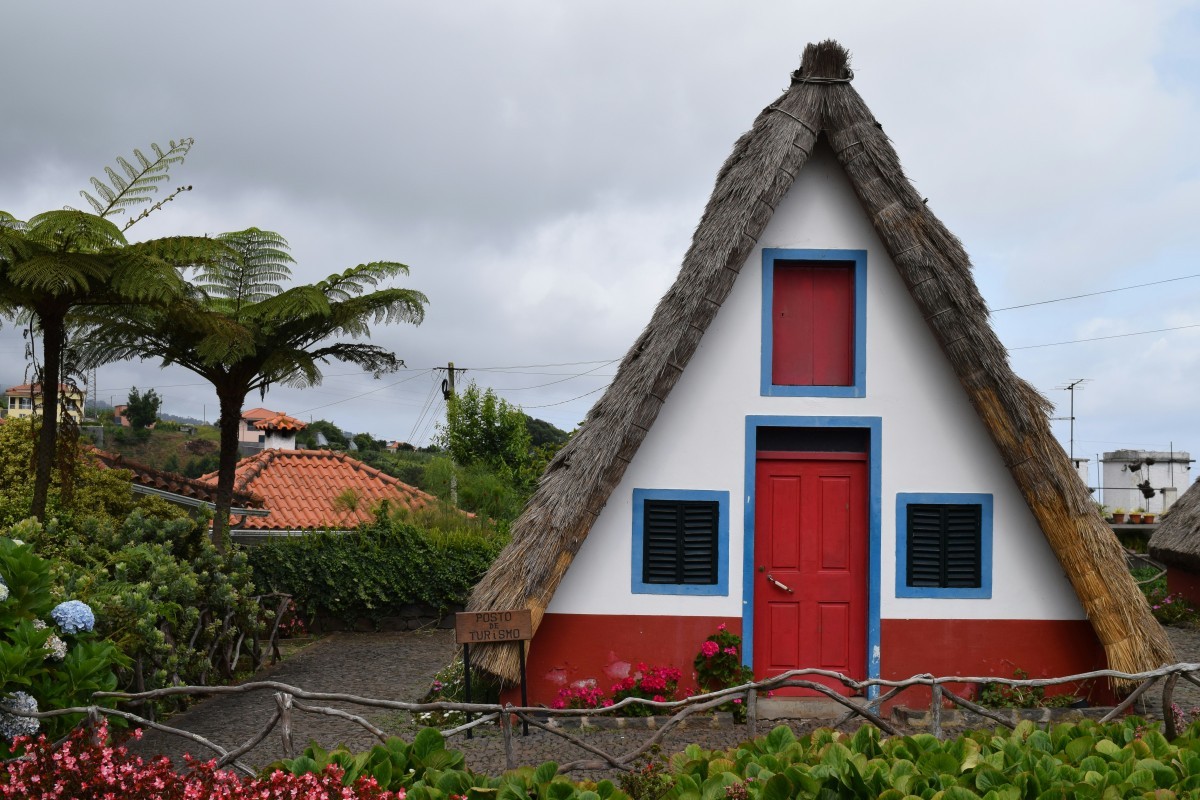
The cost of living in Madeira is generally comparable to other European regions. However, individual spending habits, lifestyle choices, and the influence of the island's location on imported goods can impact overall living costs. Accommodation, food and transport are the main costs to consider, especially if you plan to live in an area with a higher number of tourists where prices are often higher.
Eating out at local restaurants is generally affordable, with a meal for two in a mid-range restaurant costing between €40 and €70. A beer can cost around €3, and a coffee shouldn't be more than a couple of euros. Utilities are around €140 for an apartment, and everyday expenses tend to be cheaper than in Lisbon and Porto.
Property for sale in Madeira
As of April 2025, property prices in Madeira averaged €3,355 per m2. This is cheaper than the province of Lisbon, although more expensive than the overall average in the province of Porto.
Rent in Madeira
Rent prices in April 2025 were, on average, €15 per m2, making an 85-m2 apartment around €1,275 per month. Funchal is the most expensive place to rent in Madeira, and the small city of Santa Cruz is the cheapest.
What to do in Madeira
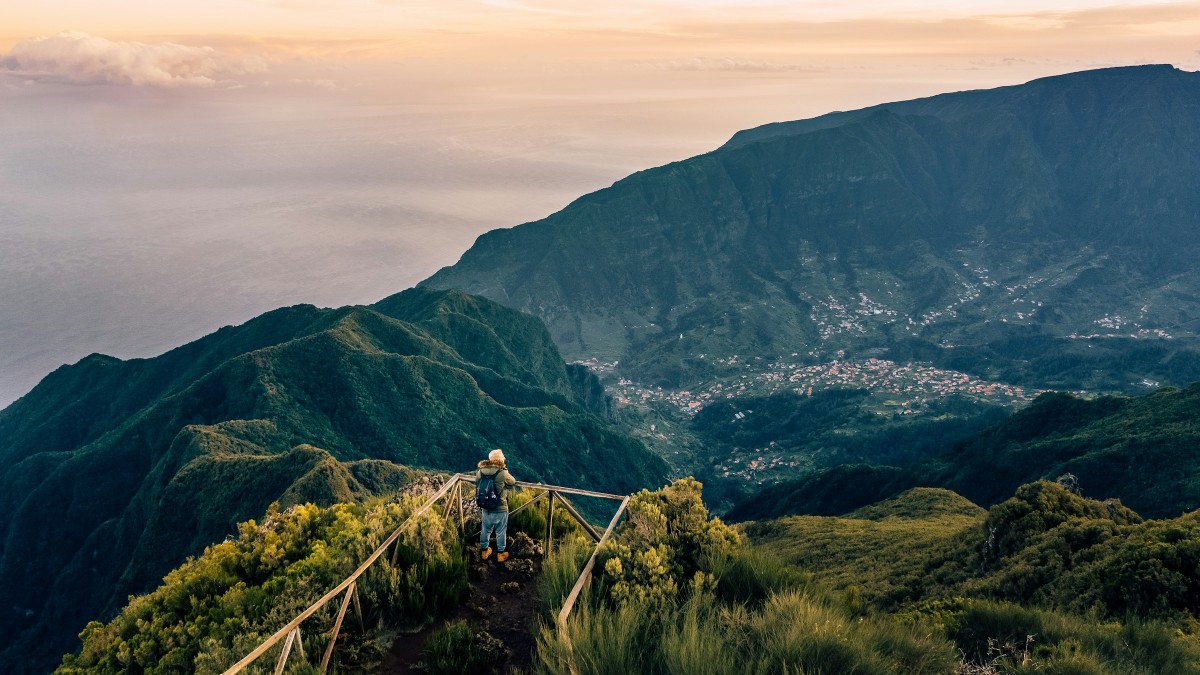
Discover the natural beauty of the island
The levadas, historic irrigation channels, are now trails that lead nature lovers to explore the island on foot, uncovering secret waterfalls and the verdant Laurissilva forest, a UNESCO World Heritage Site. Exploring these routes provides a special opportunity to truly understand Madeira, unveiling a level of biodiversity that is rare to find elsewhere in the world.
Local cuisine and architecture
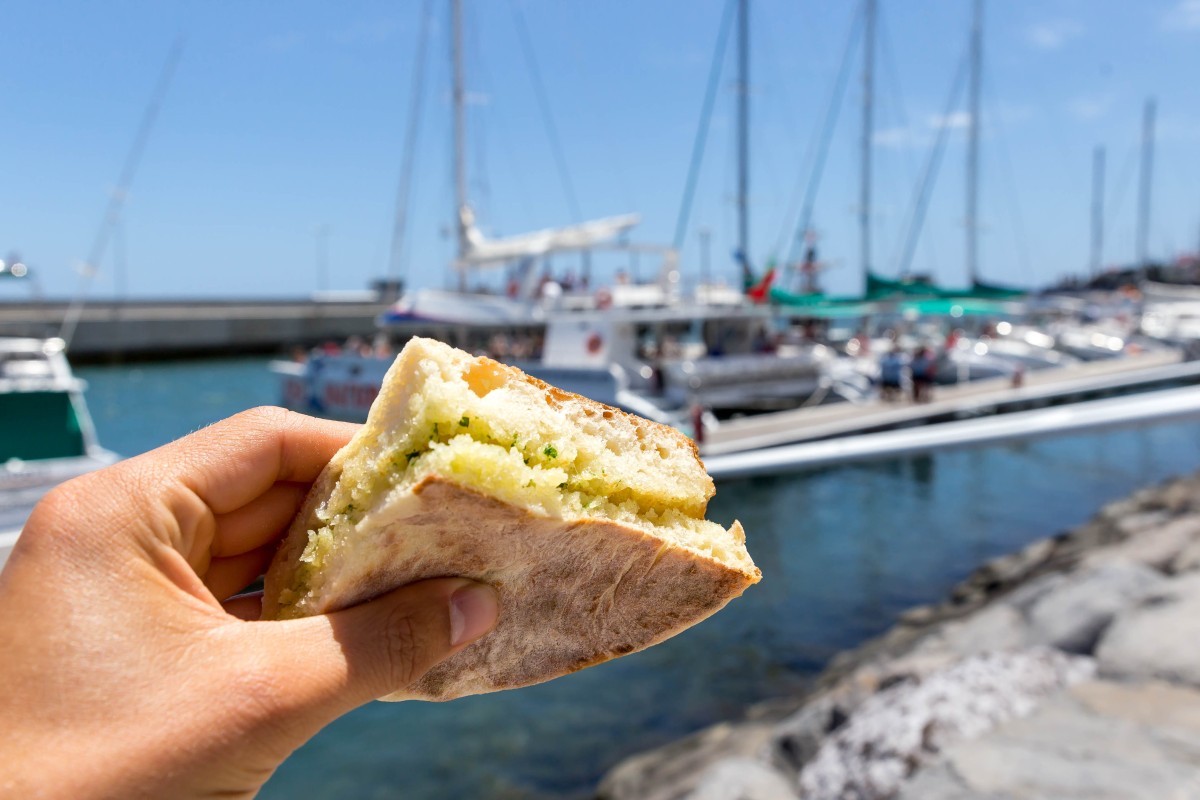
Get stuck into Madeira's yummy gastronomy, where the fresh flavours of the sea blend with the bounty of the fertile land. In Funchal, you'll have the chance to try traditional dishes such as Madeiran espetada and bolo do caco. As you savour these culinary treats, take time to admire the island's architecture, which narrates tales of centuries filled with discoveries and rich traditions.
Madeiran culture: a legacy of tradition and innovation

Madeiran culture truly embodies the spirit of the islanders, with local festivals like arraiais, traditional folk music, and intricate wicker handicrafts showcasing the artistry that is handed down through the generations.
This cultural heritage is expressed in many forms, from traditional dances to the island's cuisine, with highlights including the renowned honey cake and poncha, a regional drink. Local handicrafts, such as detailed embroidery and ceramics, also play a significant role, serving as true symbols of Madeiran identity.
Living in Madeira as an expat
Living in Madeira as an expat is increasingly popular, thanks to regular flight connections to mainland Portugal and the rest of Europe. The island has a welcoming expat community, making it easy to settle in and meet new people. Additionally, many local services—including doctors and lawyers—are English-speaking, ensuring that newcomers have access to support and guidance as they adapt to life on the island.
Living in Madeira with kids
Living in Madeira with kids can be a rewarding experience for families, with a safe environment, abundant outdoor activities, and a strong sense of community. For those seeking education in English, there are international schools such as the International School of Madeira and International Sharing School, which provide comprehensive curricula in a multicultural setting.
Beyond the classroom, children can enjoy numerous parks, sports facilities, and organised activities, making Madeira a family-friendly destination where youngsters can thrive both academically and socially.
Where do most expats live in Madeira?
Expats in Madeira often gravitate towards Funchal, the capital, due to its urban conveniences and accessibility. Meanwhile, Câmara de Lobos, a quaint fishing village nearby, is appreciated for its relaxed vibe. To the east of Funchal, Caniço offers a more peaceful coastal lifestyle, whereas Santa Cruz, located near the airport, balances rural charm with coastal living. Preferences differ, with some choosing the lively city atmosphere, while others prefer the peace of smaller towns or villages, considering factors like proximity to work and available amenities.

